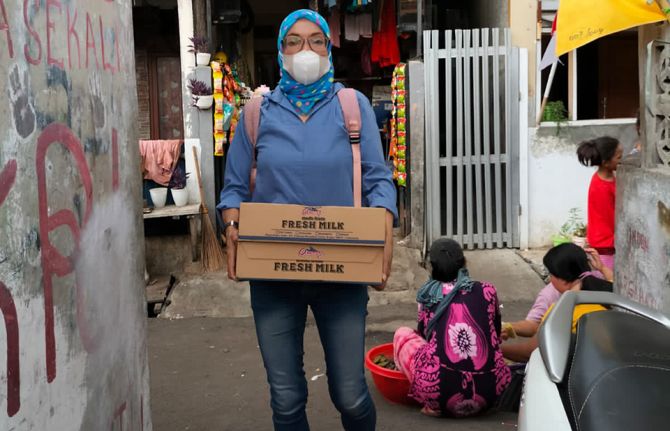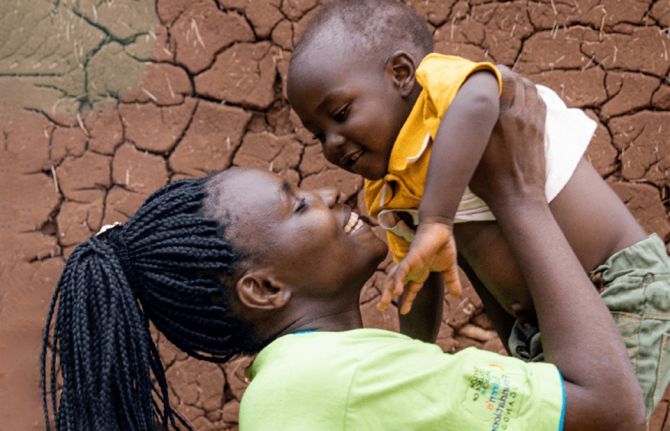
Feature Story
UNICEF report: AIDS remains a leading cause of under-five deaths despite progress
14 September 2012
14 September 2012 14 September 2012
A new progress report released by UNICEF titled "Committing to Child Survival: A Promise Renewed" is showing a sharp drop in the estimated number of deaths among children under the age of five worldwide. This number fell from nearly 12 million in 1990 to an estimated 6.9 million in 2011.
Releasing the report, UNICEF Executive Director Anthony Lake said, “The global decline in under-five mortality is a significant success that is a testament to the work and dedication of many, including governments, donors, agencies and families.”
The report combines mortality estimates with insights into the top killers of children under five and the high-impact strategies that are needed to accelerate progress.
An estimated 3.4 million children under 15 years old were living with HIV in 2011, 91% of them in sub-Saharan Africa. In the same year, about 230,000 died of AIDS-related causes. According to the report, access to antiretroviral therapy (ART) was still low in most countries, with only about 28% of children who needed treatment receiving it in 2011, in contrast to the 57% coverage among adults. However, the report was optimistic about progress being made especially in extending antiretroviral medicines to prevent mother-to-child transmission (PMTCT) of HIV.
In high-income countries, access to PMTCT services has cut rates of transmission to about 2%. In low- and middle-income countries however, 57% of an estimated 1.5 million pregnant women living with HIV in 2011 received antiretroviral therapy to prevent HIV transmission to their babies. Nonetheless the report notes that progress is being made in nearly every country.
Millions of children under five are still dying each year from largely preventable causes for which there are proven, affordable interventions
UNICEF Executive Director Anthony Lake
There is growing momentum behind a concerted scale-up of coverage of PMTCT and paediatric HIV care and treatment services. This success follows the launch in June 2011 of the “Global Plan towards the elimination of new HIV infections in children by 2015 and keeping their mothers alive”.
There are also new and emerging technologies which improve diagnosis and treatment of infants and young children. However, the report recommends a simplification of treatment regimens and medicines, as well as programmatic innovations for identifying children living with HIV and retaining them on antiretroviral therapy.
During the launch, Mr Lake also talked about "unfinished business", saying, "Millions of children under five are still dying each year from largely preventable causes for which there are proven, affordable interventions.”
Greater efforts are particularly required in populous countries with high mortality, the report says. In addition to medical and nutritional factors, improvements in other areas including education, access to clean water and sanitation, adequate food, child protection and women’s empowerment will also improve prospects for child survival and development.



